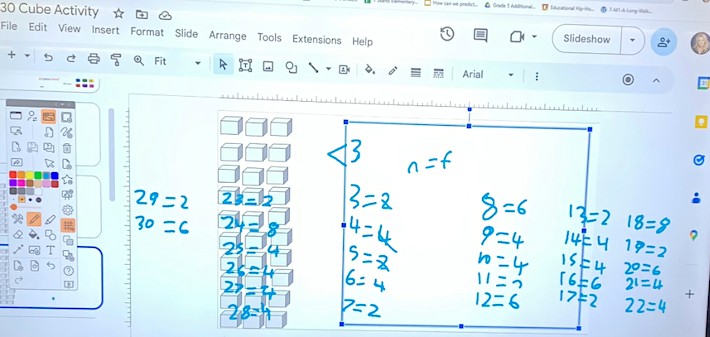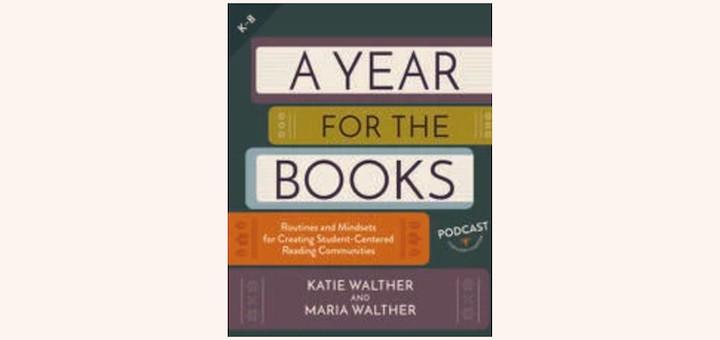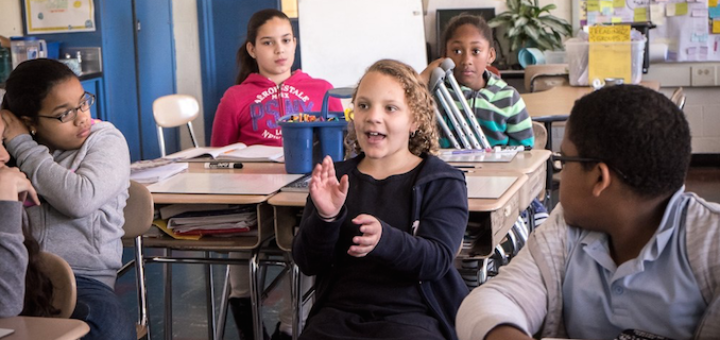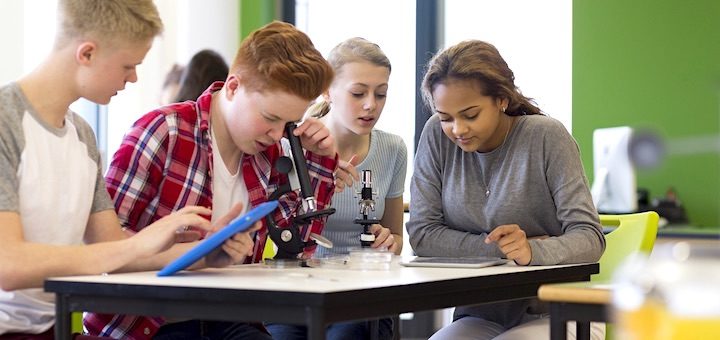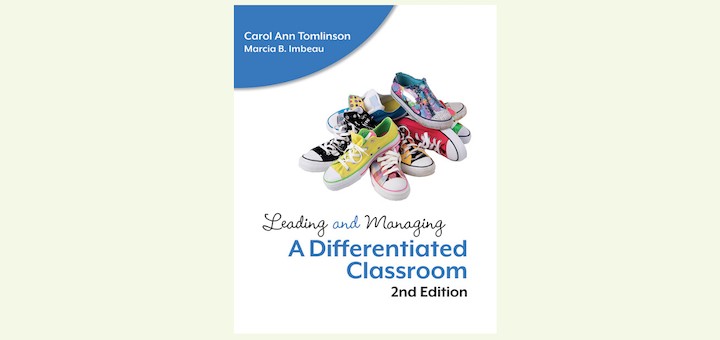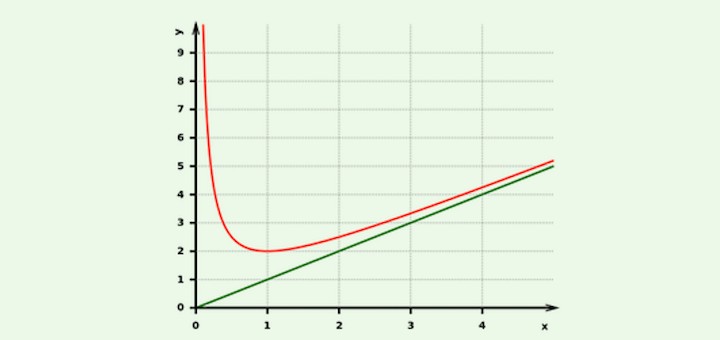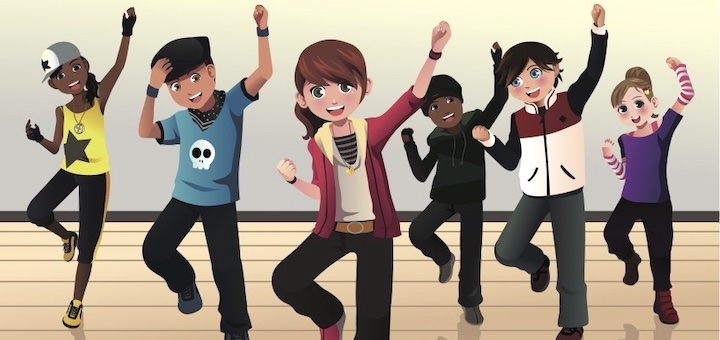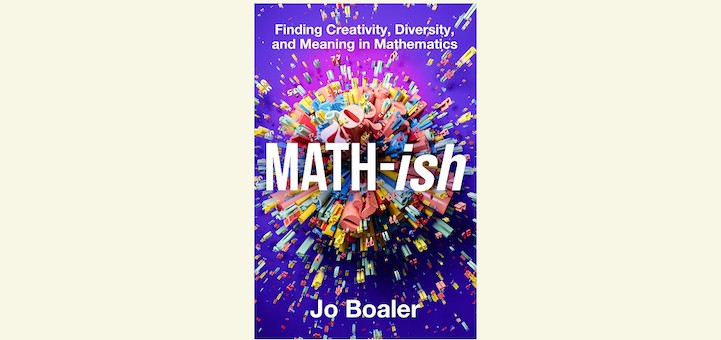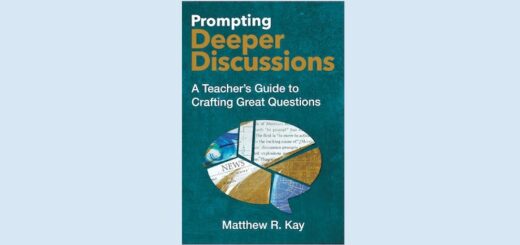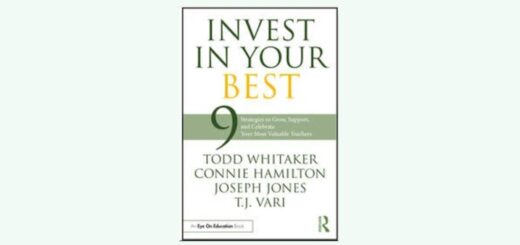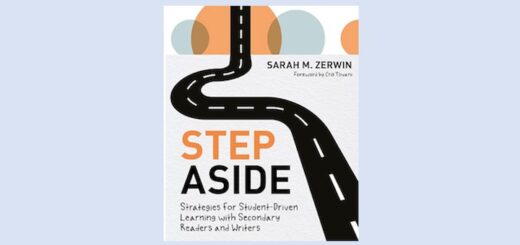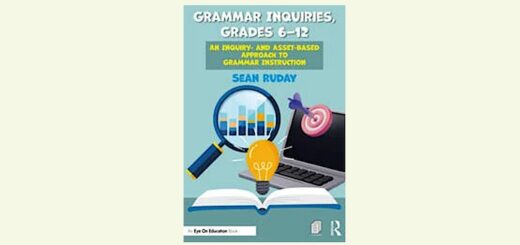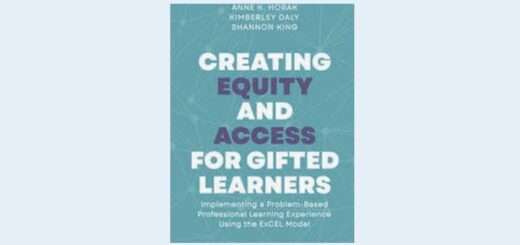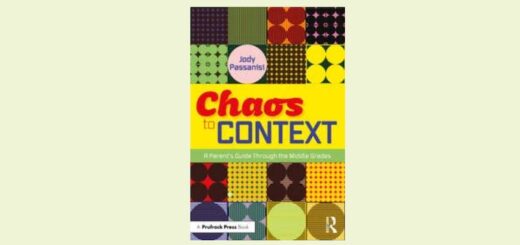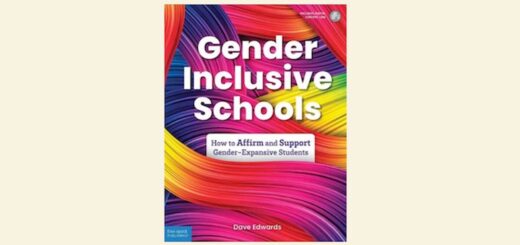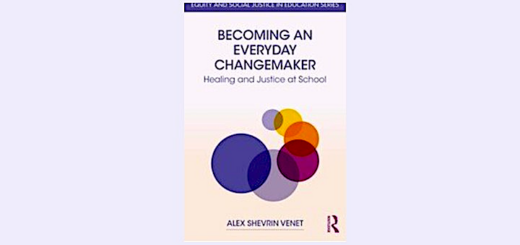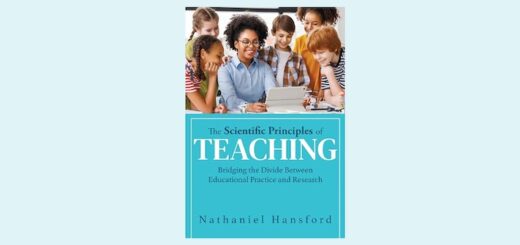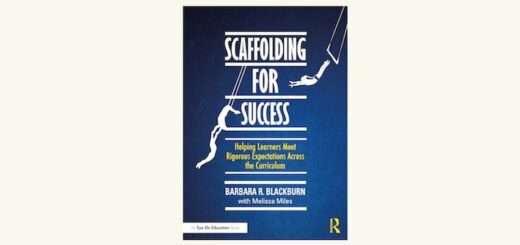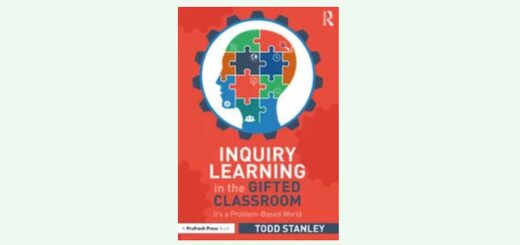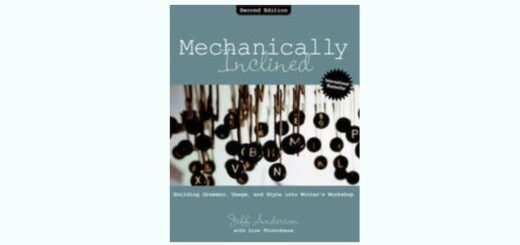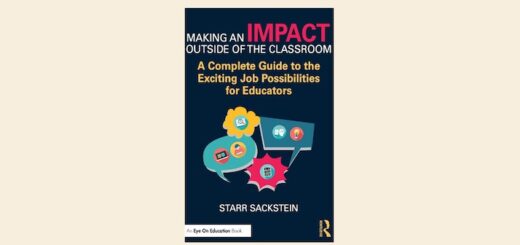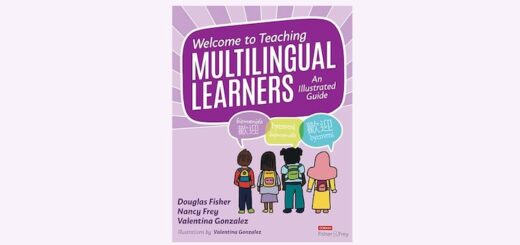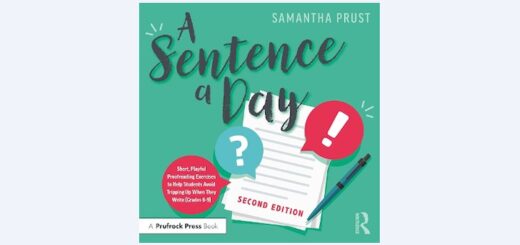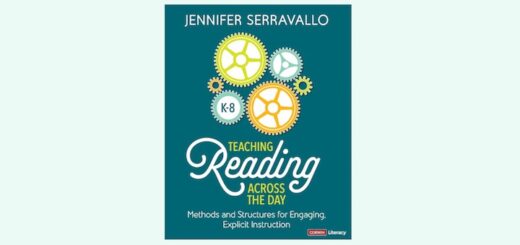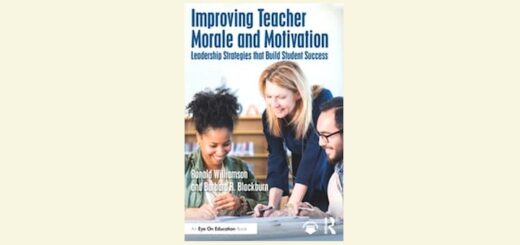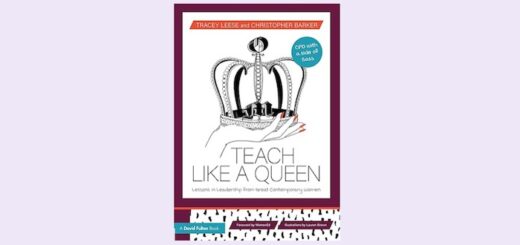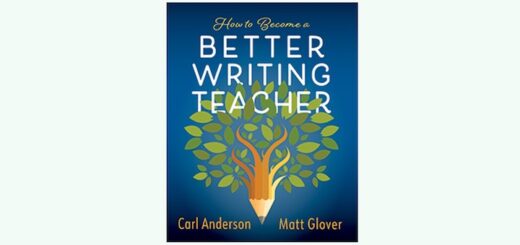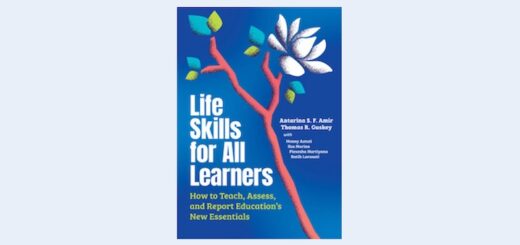Teaching and learning in grades 4-8
As the school year ends, it’s easy for students to lose their momentum. One way to help ease students into summer mode, but still sneak in some math review, is to find engaging activities. Kathleen Palmieri shares favorites from Jo Boaler that can also be saved for fall warm-ups.
A Year for the Books is, in equal parts, about love of reading and how to organize a student-centered classroom environment for elementary and middle school students. ELA teacher Laurie Miller Hornik especially likes “Turning Beliefs about Teaching and Learning Into Actions.”
When teachers create a welcoming, safe, inclusive learning environment with their students, the chances increase that students will have a sense of belonging and “calm increase,” freeing them to learn. NBCT Elizabeth Stein shares ways to use restorative practices and UDL.
Grammatical concepts don’t just exist in textbooks and on worksheets. They are part of life beyond the classroom. Sean Ruday shows how – by taking an inquiry-based approach to grammar instruction – we can help our students prioritize their authentic experiences with language.
Whether you’re a recent teacher ed graduate, newly emergency certified, or an experienced teacher who’s suddenly learned you’ll be teaching STEM this year, you’re in good hands with veteran STEM teacher and curriculum designer Anne Jolly. Here are her five “do this first” tips.
In Leading and Managing a Differentiated Classroom, Carol Ann Tomlinson and Marcia Imbeau offer new teachers and classroom veterans the rationale for designing instruction to meet diverse student needs – and the means to manage it in the real world, says Cathy Gassenheimer.
Facing current education’s false head/heart dichotomy and with the concept of what it means to be a teacher – so stressed in recent years – now stretched to the breaking point, veteran educator Dina Strasser is searching for truths toward which she can strive.
Education professor and researcher Julie Hasson has spent years interviewing people about their memorable teachers. Read what three former middle school students told her about the teachers whose actions and interactions in the classroom made a lasting impact on their lives.
Whether school leaders network using traditional methods like books and conferences or virtual solutions using social media tools and platforms, it’s vital to be a learner and to model learning in your organization. Ron Williamson and Barb Blackburn explore the PLN option.
In MATH-ish, youcubed.org co-founder Jo Boaler brings together real-world math, neuroscience, equity awareness, and classroom experiences to forge a powerful multi-faceted tool to encourage students’ collaboration and engagement, says math teacher and NBCT Kathleen Palmieri.

